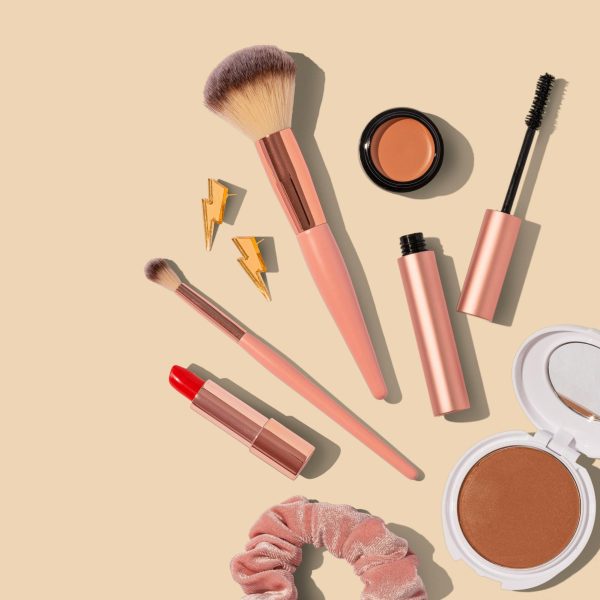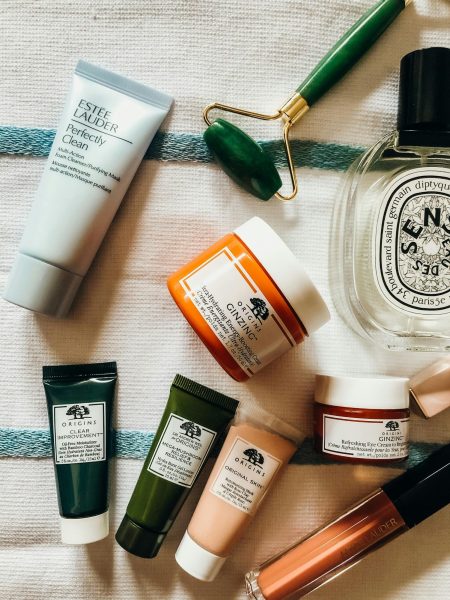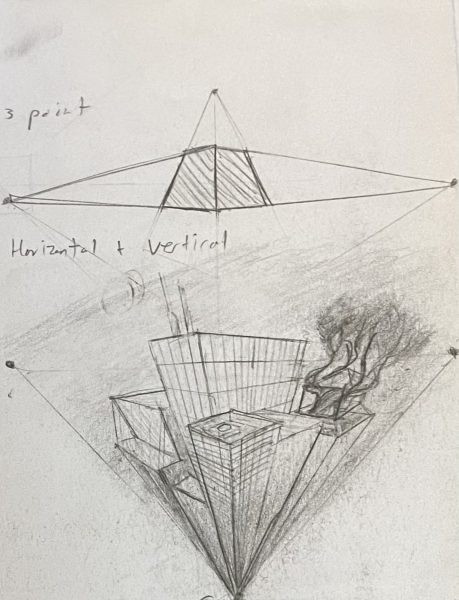Earphones Versus Headphones: Which One Should You Choose?
Trends come and go, right now headphones are all the craze. But is this trend here to stay, or will it go?
Headphones and earphones have become a common sight in everyday life as millions of people use them each day to listen to music, to watch videos, and to take calls.
You’re walking down the street listening to some music. Perhaps you’re even listening to music as you’re reading this. What type of music is it? Is it soothing, empowering, or emotional? Now stop, what are you listening to the music with?
Nowadays, it seems that all parts of our lives are tied to technology. It has become a daily part of our lives to have some sort of earphones in our ears to listen to music, to watch YouTube, or to take calls.
The first headphones were made in the 1880’s by Ezra Guilliland, a prolific 19th century inventor who is most well known for creating the telephone switchboard and the magneto bell which are still present in modern day with some variations. Guilliland also created the first-ever technology, which are considered similar to modern day headphones. They were called the “ten pound headphones.” As the name suggests, the device was around ten pounds, which made it impractical for people to use while moving. The product had one ear piece attached to the phone and a large microphone that rested on the shoulder of the listener.
Then, in 1891, came the first ever earphones, invented by a French engineer Ernest Jules Pierre Mercadier. He named it the “bi-telephone,” however, due to its structure and function, it is better known as the first recorded version of in-ear headphones. Very different from Guilliland’s ten pound headphones, the bi-telephone was light, which made it much more convenient for people to use.
The design resembles the in-ear monitors (IEM) that we use nowadays. IEM might be an unfamiliar term to many, but it is used very often today by musicians, audio engineers, and audiophiles. Most often, people listen to music or hear a mix of vocals and stage instrumentation for a live performance or recording studio mixing with the IEM.
The difference between IEMs and earphones have become a bit blurred because many of the features overlap, and, in fact, IEMs can be used as earphones as well. But, the biggest notable difference is that IEMs are inserted into the ear canal whereas earphones rest on the outer ear. This causes the difference in audio quality heard by the user. Since the IEM transits sound directly to the ear canal, it transmits much more vivid sounds, and there is optimum noise cancellation. It is for these reasons that those who work closely with audio use IEMs. In comparison, earphones convey a lower quality of sound because as the sound travels through from the outer ear to the ear canal, the sound gets diffused. Most earphones today people use have adopted features of IEMs.
The first versions of headphones and earphones have been modified constantly throughout the years to create the products that we see today.
Headphones became widely used in the 1980’s due to the “Walkman Effect.” The Walkman was the first portable personalized music player in history, created by Sony. This revolutionary device featured a balanced single plug which could be inserted into your personal music player. At first it was catered to fit into cassette tapes, then that changed as music players evolved from only cassettes to mini discs, MP3s, and more. This was also the first time that someone could listen to their own music while on-the-go walking. It was because of this invention that seeing people listen to music with headphones in while walking down the street, at grocery stores, and in schools became a common sight. Over 385 million Walkmans were sold, laying the groundwork for all the future electronic devices that allowed people to listen to music on the go.
Walkmans seemed to fall out of popularity once earphones came in, mainly due to popular public demand for smaller headphones in the early 2000’s with the rise of Apple. The first iPod was released in 2001, and along with it came earphones with a compact, sleek and modern design. This first gave rise to the earphones that we know today.
In the beginning it was wired earphones that needed to be plugged into a source to listen to music. Then the trends began to center around wireless earphones with Apple AirPods becoming the new “thing.” These wireless earphones were created for convenience as you did not have to worry about having wires getting knotted in your pockets or bag, and it became one of the most widely used ways to listento music. The global earphones and headphones market size was valued at 58,259.2 million dollars in 2022. Khado Tsephel ’23 said, “I prefer using wireless earphones because they are so much more convenient to carry around, and they also save me the hassle of untangling the wires.”
Then, AirPods evolved with functions such as rubber ear tips, noise canceling, and transparency mode in the AirPods Pro. This made it possible to cancel out background noise and to enhance background noise freely, making it more adaptable for different people’s needs in different settings. It seemed that earphones would be the way everyone listens to music — but then came a surge in the popularity of headphones.
This can be explained by the recent retro revival, which includes not only headphones, but also digital cameras, flared pants, and turntables. As a result, we now see an almost similar number of people wearing headphones and people wearing earphones. According to a survey that I conducted of Bronx Science students, 54.5 percent of respondents use only earphones, 18.2 percent use only headphones, and 27.3 percent use both.
Now, Apple, Sony, and Bose have recognized the growth in popularity of headphones and are releasing new models such as Airpod Pro Max and Sony Over-the-Ear Headphones. Since the largest technology companies are coming out with headphones, it makes the trend more widely accessible, thus prompting increased consumption.
Alina Povelikin ’25, a headphone user, said, “Headphones often have soft materials and are less likely to fall off than earphones.” Many will gravitate towards headphones because they offer higher sound quality and are more comfortable to wear. But of course there are those who prefer earphones. Tazkiah Salem ’23 said, “I prefer earphones because they usually fit my ears, and most headphones do not fit my ears or keep falling off my head.”
When asked in the aforementioned student survey about what respondents think about whether the popularity of earphones and headphones will last, 72.7 percent believe earphones will stay in trend while the remaining 27.3 percent said maybe. However for headphones, 18.2 percent stated it would fall out of trend, 45.5 percent said maybe, and 36.4 percent it would not fall out of trend.
“I honestly think that it’s hard to say anything for sure about the future of earphones and headphones. But one thing I can say for sure is that both will probably continue to be produced; everyone can use what they want despite which one is more ‘popular,’” said Kirsten Moy ’23.
With the continuous advancement of technology, there will always be a change in public demand. The trend cycle is constantly changing, and companies will adapt to keep up. This, however, does not mean production of unpopular products will end, as you’ll likely always have the option between headphones or earphones.
“I honestly think that it’s hard to say anything for sure about the future of earphones and headphones. But one thing I can say for sure is that both will probably continue to be produced; everyone can use what they want despite which one is more ‘popular,’” said Kirsten Moy ’23.
Sydney Lee is a Copy Chief for ‘The Science Survey.' She finds journalistic writing very interesting because of the variety of topics that it can cover....












